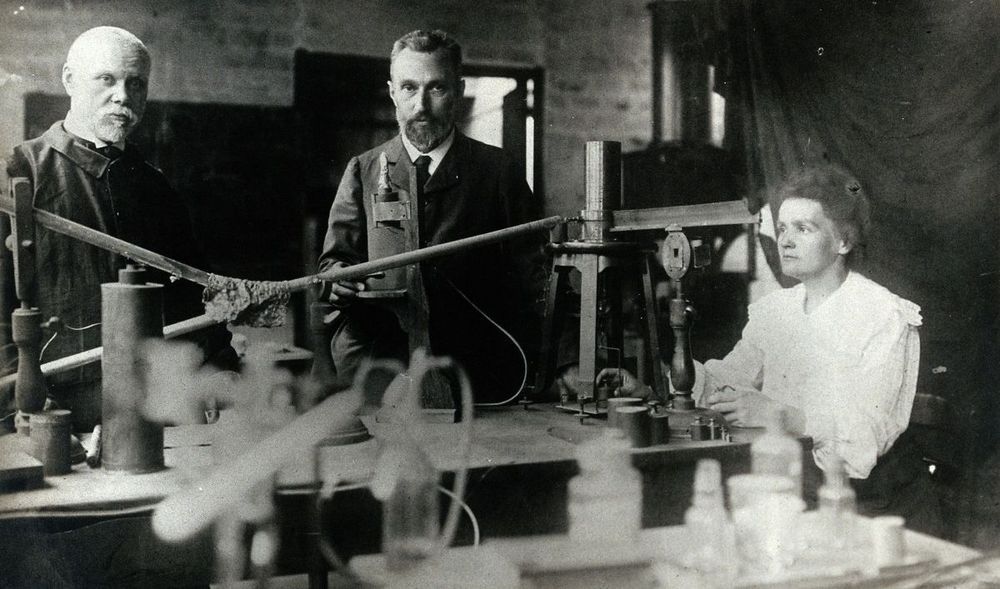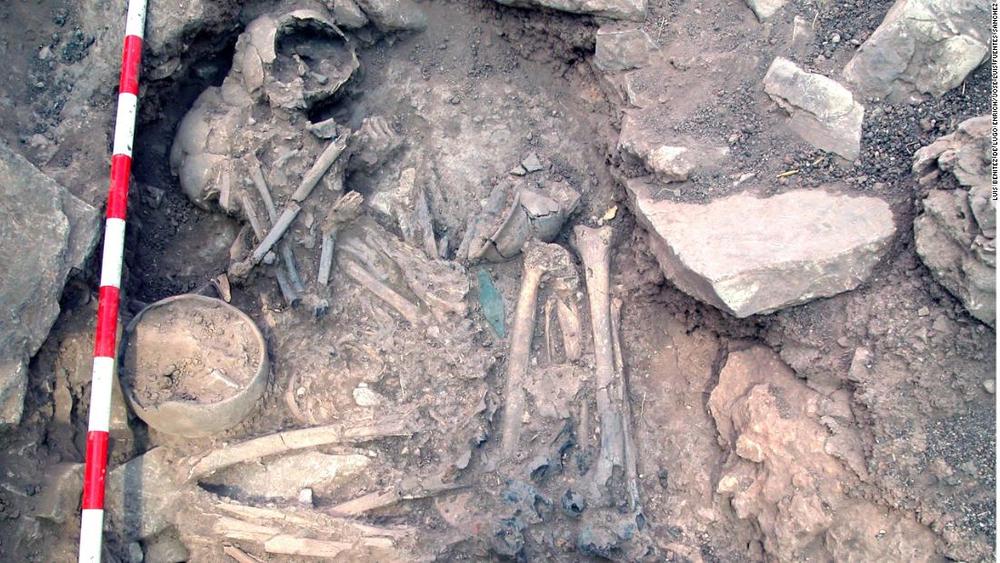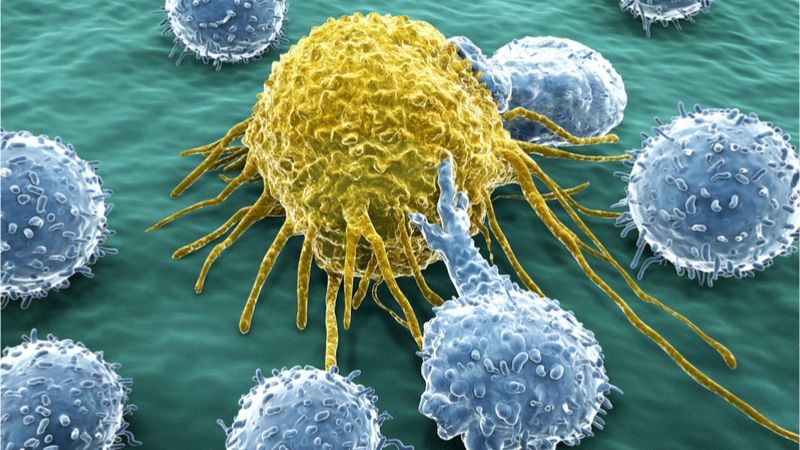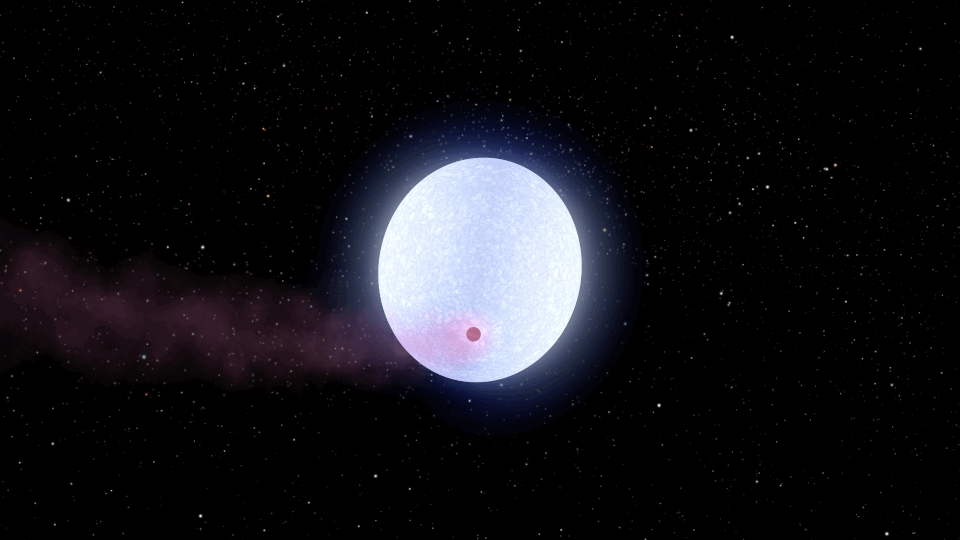Obsessed with work, insensitive, socially detached, and neglectful of family and friends — these may not be the most endearing qualities in a person, but they are just a few of the common characteristics a researcher found when studying some of the world’s most famous and prolific inventors.
Typhus and other infectious illnesses hit homeless communities.
- By Anna Gorman, Kaiser Health News on March 15, 2019
Bitnation is growing up.
🔥 🔥 🔥 NEW RELEASE: #BITNATION JURISDICTION v. 1.4.0 for Android and iOS 🤩 🥳 🥰
The 1.4.0 release has been a crazy road! After the 1.3.4 release, we thought “this app somehow does not say: ”I’m a virtual nation” or ”I’m a blockchain jurisdiction”, but rather we thought it looked more like a confused web3 app which didn’t really know its purpose.
Hence we went back to the drawing board, to put the governance functions in the very center of the user experience. The result is 3 bottom menu main categories, including TOWNHALL, NATIONS and the brand new GOVMARKET. All other functions moved to a new side menu.
“The modern people of Basque Country, in northern Spain, are genetically similar to the Iberian Iron Age people with ancestry from the Russian steppe. While people around them mixed with different groups and changed, the Basques held on to their heritage.”
Ancient DNA is uncovering the secrets of the unique populations of what are now Portugal and Spain. Two studies published this week include unexpected findings from the DNA of people who lived thousands of years ago on the Iberian Peninsula.
The rugged peninsula is positioned between North Africa, Europe and the Mediterranean on the westernmost edge of the continent, so the DNA of its ancient population shows how it was affected by migration over time.
Iberia was also relatively warm during the last Ice Age, between 18,000 and 24,000 years ago, presenting a more welcoming climate for animals and people who retreated from the rest of Europe.
A new clock that analyzes the age of the immune system may be the next big thing in aging biomarkers.
Measuring the age of your immune system
As we age, our immune systems begin to decline due to many factors, including the thymus shrinking and producing ever-fewer T cells, the ever-increasing chronic inflammation called “inflammaging”, dysfunctional immune cells doing more harm than good, and a lifetime of microbial burden taking its toll. This gradual decline of the immune system is known as immunosenescence.
Researchers at NASA’s Jet Propulsion Laboratory in Pasadena, California, are cooking up an alien atmosphere right here on Earth. In a new study, JPL scientists used a high-temperature “oven” to heat a mixture of hydrogen and carbon monoxide to more than 2,000 degrees Fahrenheit (1,100 Celsius), about the temperature of molten lava. The aim was to simulate conditions that might be found in the atmospheres of a special class of exoplanets (planets outside our solar system) called “hot Jupiters.”
Hot Jupiters are gas giants that orbit very close to their parent star, unlike any of the planets in our solar system. While Earth takes 365 days to orbit the Sun, hot Jupiters orbit their stars in less than 10 days. Their close proximity to a star means their temperatures can range from 1,000 to 5,000 degrees Fahrenheit (530 to 2,800 degrees Celsius) or even hotter. By comparison, a hot day on the surface of Mercury (which takes 88 days to orbit the Sun) reaches about 800 degrees Fahrenheit (430 degrees Celsius).
“Though it is impossible to exactly simulate in the laboratory these harsh exoplanet environments, we can come very close,” said JPL principal scientist Murthy Gudipati, who leads the group that conducted the new study, published last month in the Astrophysical Journal.








